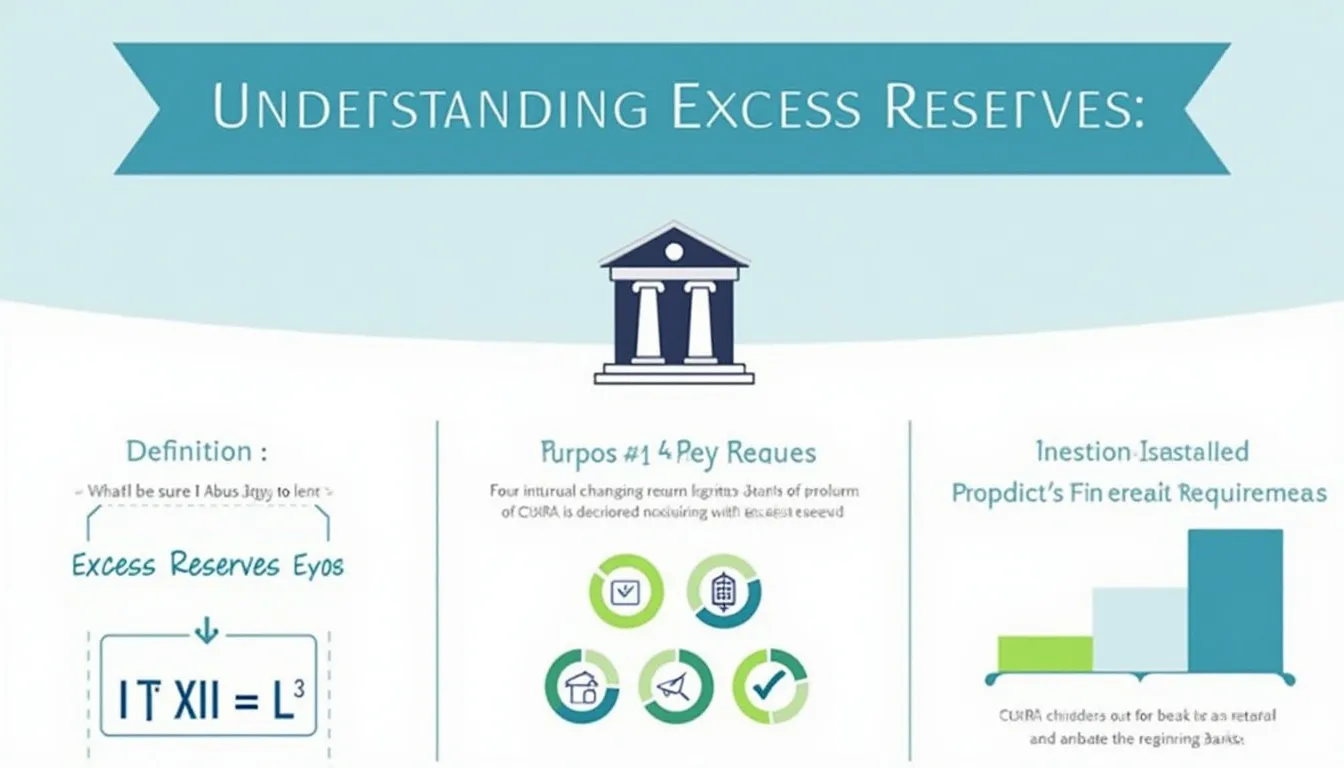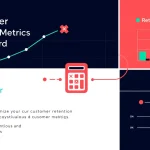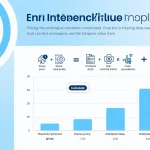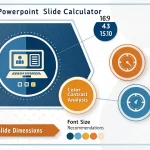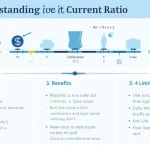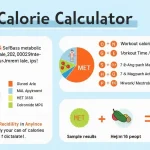Excess Reserves Calculator
Is this tool helpful?
How to use the tool
- Enter total deposits (USD)
• Example A: 60 000 000
• Example B: 125 000 000 - Enter the reserve requirement (%)
• Example A: 10.5
• Example B: 5.25 - Press “Calculate” to display required and excess reserves instantly.
- Review results and adjust inputs to test different liquidity scenarios.
Key formula
$$\text{Excess Reserves}= \text{Deposits}-\bigl(\text{Deposits} rac\text{Reserve Requirement (\%)}}{100}\bigr)$$
Worked examples
- Example A
Deposits = $60 000 000; Requirement = 10.5 % (0.105)
Required = $60 000 000 × 0.105 = $6 300 000
Excess = $60 000 000 − $6 300 000 = $53 700 000 - Example B
Deposits = $125 000 000; Requirement = 5.25 % (0.0525)
Required = $125 000 000 × 0.0525 = $6 562 500
Excess = $125 000 000 − $6 562 500 = $118 437 500
Quick-Facts
- The Federal Reserve cut transaction-account reserve requirements to 0 % in March 2020 (Federal Reserve Notice, 2020).
- Basel III sets a 100 % Liquidity Coverage Ratio for banks (Basel III, https://www.bis.org).
- Interest on reserve balances (IORB) stood at 5.40 % in June 2024 (Federal Reserve IORB Rate, 2024).
- Global statutory reserve ratios range between 4 % and 18 % (IMF WP/21/18, 2021).
FAQs
What does the calculator measure?
It measures funds held above the legal reserve minimum, showing immediate lending or investment headroom (Federal Reserve H.4.1, 2023).
How does it compute excess reserves?
It subtracts required reserves from total deposits using simple multiplication and subtraction—no compounding involved.
Why are excess reserves important?
They cushion unexpected withdrawals and support smooth payments, reducing run risk (FDIC Risk Review, 2023).
Can banks invest excess reserves?
Yes, but only in approved low-risk assets or central-bank accounts, depending on jurisdiction (Basel III Annex 1, 2022).
What if excess reserves equal zero?
The bank meets but does not exceed requirements; any shortfall becomes a reserve deficiency subject to penalties (Federal Reserve Reg D, 2021).
How often should you recalculate?
Best practice is daily for large institutions holding transaction accounts (Bank Policy Institute, 2022).
Does the Fed pay interest on excess reserves?
Yes. The June 2024 IORB rate is 5.40 %—“paid on balances maintained to exceed requirements” (Federal Reserve, 2024).
How does Basel III affect reserve strategy?
Basel III’s liquidity ratios force banks to align excess reserves with 30-day net cash outflow projections (Basel III LCR Rule, 2014).
Important Disclaimer
The calculations, results, and content provided by our tools are not guaranteed to be accurate, complete, or reliable. Users are responsible for verifying and interpreting the results. Our content and tools may contain errors, biases, or inconsistencies. Do not enter personal data, sensitive information, or personally identifiable information in our web forms or tools. Such data entry violates our terms of service and may result in unauthorized disclosure to third parties. We reserve the right to save inputs and outputs from our tools for the purposes of error debugging, bias identification, and performance improvement. External companies providing AI models used in our tools may also save and process data in accordance with their own policies. By using our tools, you consent to this data collection and processing. We reserve the right to limit the usage of our tools based on current usability factors.
